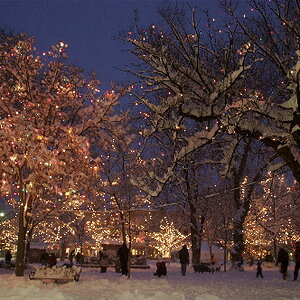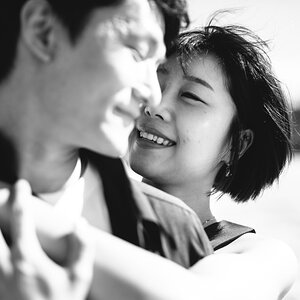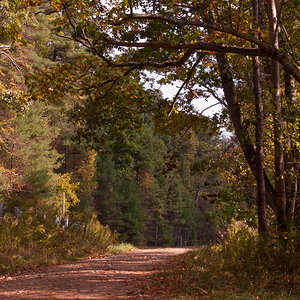And so another joins the ranks of those who call themselves photographers.
Please bear with me here. All of this is very new to me. I apologize for my seemingly infinate ignorance in this field
That being said, let us continue...
It runs in my family to enjoy the fine art of photography. My interest has been blooming and in rescent weeks, my desire to capture the temporary vitality of worldly things has become utterly uncontrollable.
My father tells me that if I truly want to learn about photography, I need to get a manual 35 mm SLR with a zoom lens. I think that is the lens anyway. He says that it gives me the best flexibility for beginning.
I must say though that he has not been activly interested in photography for a number of years.
So here is what I need to know.
1.) Film or digital?
2.) What is a good (relatively cheap....I only get about fifty dollars a week) SLR camera for a beginner?
3.) Lens? What would be ideal?
4.) Anything of else that I am ignorant of but would be of interest. Or problems that I wouldn't have thought of which those of you with more experience would have.
I appreciate the assistance.
Regards,
chris
Please bear with me here. All of this is very new to me. I apologize for my seemingly infinate ignorance in this field
That being said, let us continue...
It runs in my family to enjoy the fine art of photography. My interest has been blooming and in rescent weeks, my desire to capture the temporary vitality of worldly things has become utterly uncontrollable.
My father tells me that if I truly want to learn about photography, I need to get a manual 35 mm SLR with a zoom lens. I think that is the lens anyway. He says that it gives me the best flexibility for beginning.
I must say though that he has not been activly interested in photography for a number of years.
So here is what I need to know.
1.) Film or digital?
2.) What is a good (relatively cheap....I only get about fifty dollars a week) SLR camera for a beginner?
3.) Lens? What would be ideal?
4.) Anything of else that I am ignorant of but would be of interest. Or problems that I wouldn't have thought of which those of you with more experience would have.
I appreciate the assistance.
Regards,
chris



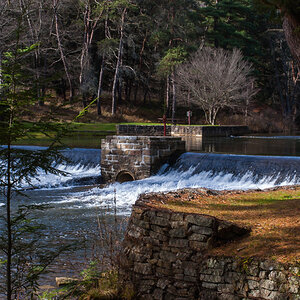
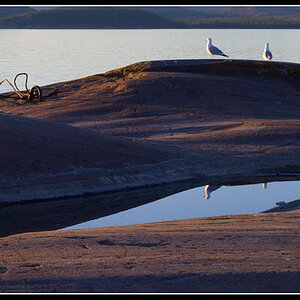
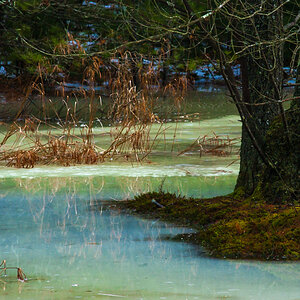
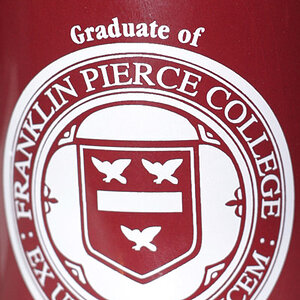
![[No title]](/data/xfmg/thumbnail/33/33846-dc3d508d5436a047770e1d5c2cbdd593.jpg?1619736165)

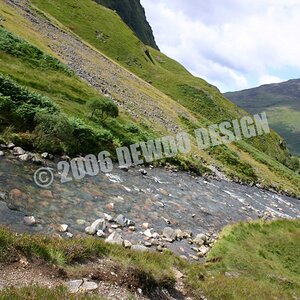

![[No title]](/data/xfmg/thumbnail/32/32838-c28b0c47ca2cb319a1f97cc29ed60d61.jpg?1619735681)
